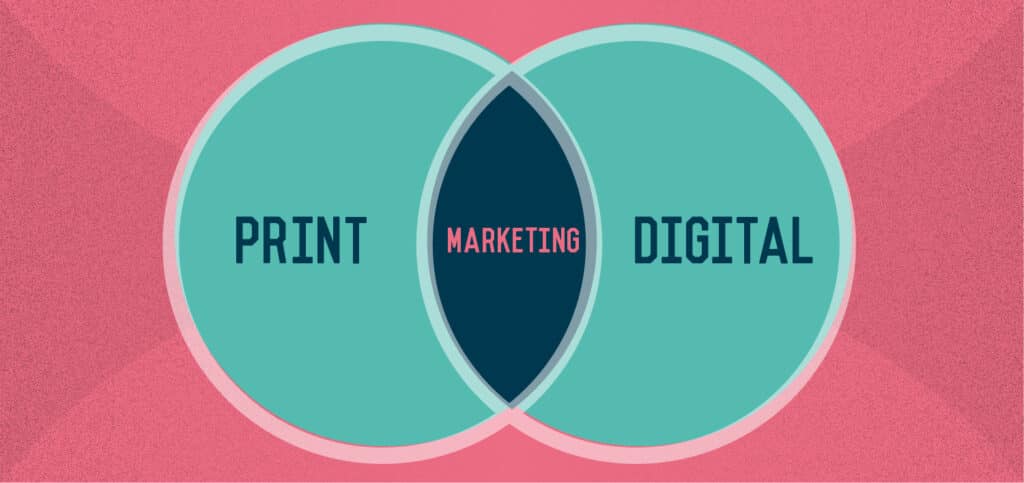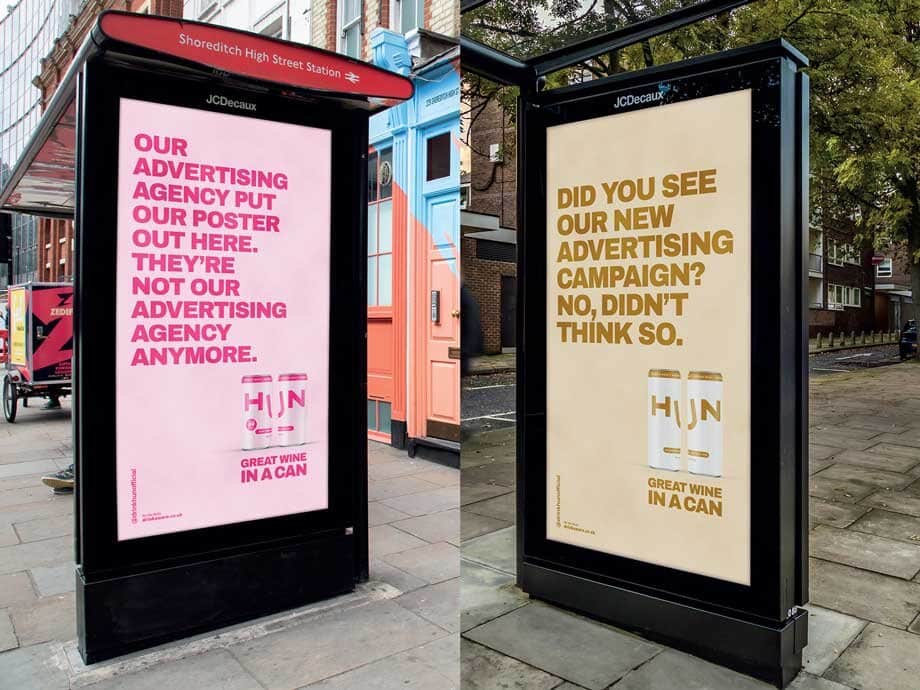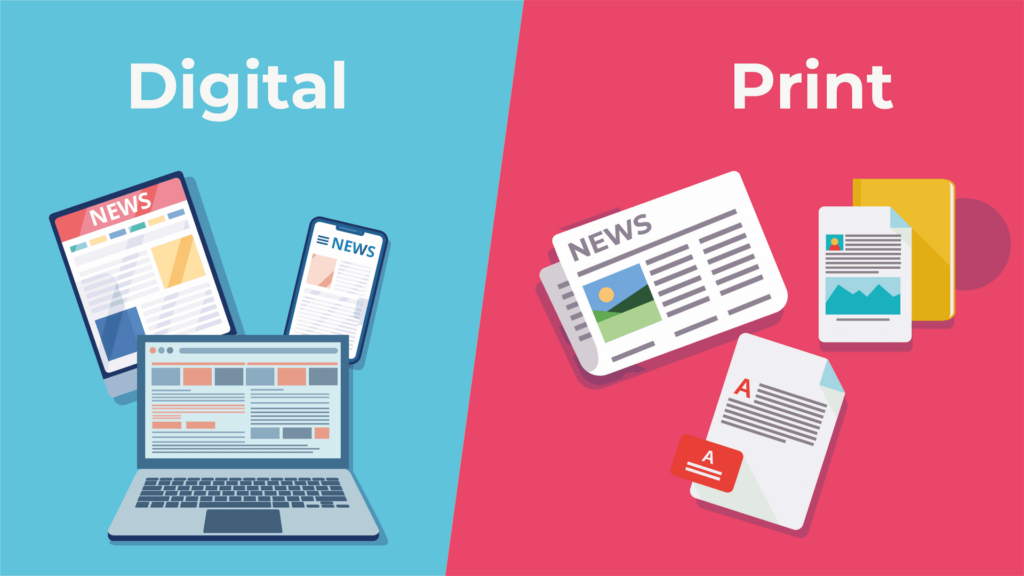
Discussing the Role of Print Media in Today's Digital Age
In an era dominated by digital screens, social media, and instant gratification, the question often arises: What place does print advertising hold in the landscape of today's marketing world? While it's true that digital marketing has revolutionized the way we connect with audiences, the role of print media remains far from obsolete. In fact, it has evolved, adapting to new challenges and coexisting with digital strategies to create a unique and enduring impact. In this blog post, we delve into the evolution and continued relevance of print advertising in the digital age.
Print Advertising: A Historical Perspective
Before we explore print advertising's role in the digital age, let's rewind to its historical significance. Print media, including newspapers, magazines, brochures, billboards, and direct mail, has been a cornerstone of advertising for centuries. These tangible, physical forms of communication allowed businesses to reach a wide and varied audience, and they were often a primary source of information and entertainment.
Print's Resilience in a Digital World
With the advent of the internet and digital marketing, many questioned the future of print advertising. However, print media has proven to be remarkably resilient, and its role in advertising continues to evolve:
1. Tangibility and Credibility: Print materials provide a tangible experience that digital ads cannot replicate. People often perceive printed content as more trustworthy and credible.
2. Targeted Marketing: Print advertising has adapted by becoming more targeted. Direct mail, for example, allows businesses to send personalized content directly to their intended audience.

3. Complementing Digital Campaigns: Smart advertisers understand that print and digital can work hand in hand. Print materials can drive traffic to websites or social media and vice versa.
4. Niche Audiences: Specialized magazines and niche publications continue to thrive, offering advertisers the opportunity to reach highly targeted and engaged audiences.
5. Creative Freedom: Print ads offer creative freedom in terms of design, layout, and storytelling. Brands can create visually stunning and immersive experiences.

6. Longevity: Print materials have a longer shelf life than digital ads, often residing in homes and offices for extended periods, ensuring repeated exposure.
7. Reader Engagement: Readers tend to be more engaged with print content, as they typically allocate dedicated time to read magazines or newspapers.

The evolution of print advertising in the digital age is not about competition but adaptation. Print media has found its place as a complementary and distinct element in modern marketing strategies. Its unique qualities, including tangibility, credibility, and creative freedom, continue to make it a valuable tool for brands seeking to make a lasting impression. In a world saturated with digital content, print advertising stands out. It bridges the gap between the physical and digital realms, creating a holistic brand experience. So, the next time you receive a beautifully designed brochure or a personalized mailer, remember that print advertising is not just surviving; it's thriving in the digital age, enriching our advertising landscape with its enduring charm.

